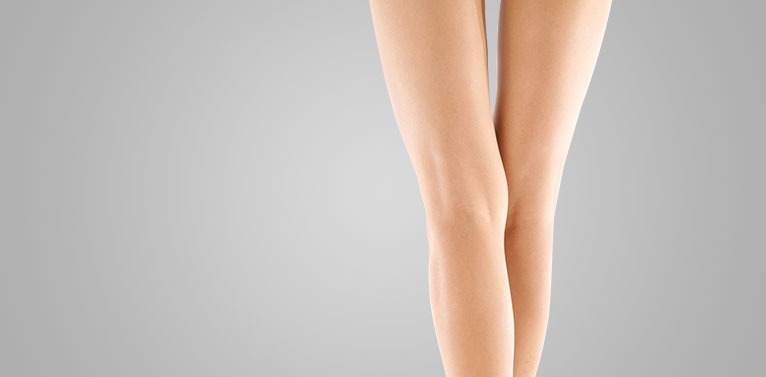
Sclerotherapy Sydney
Sclerotherapy is a popular procedure that is used to eliminate varicose veins and spider veins, known as telangiectasia. This is a simple procedure where the surface veins are injected with sclerosis solution, which causes them to collapse and fade over time. The body easily absorbs these collapsed veins, causing no distress to the other veins or damage to your skin. This will allow you to enjoy glowing skin without the discolouration of these veins.
In addition, by eliminating the damaging veins from your legs, there is a significant improvement in the physical symptoms that would accompany spider veins, including aching, burning and swelling.
What Happens during the Sclerotherapy Procedure?
During sclerotherapy, a fine needle will be used to inject the sclerosis solution. This will be directly into the blood vessels. This will cause the lining of the vein to swell and eventually seal shut. This procedure may take three to five treatment sessions.
UGS or Ultrasound Guided sclerotherapy is used if larger veins are present. This involves a mapping ultrasound and a tiny needle is used to inject foamed sclerosant into the vein. The lining of the vein then swells and eventually seals shut. One to three treatment sessions may be needed for this procedure.
Does the Sclerotherapy Procedure Hurt?
There is only minimal discomfort associated with sclerotherapy. There should be no pain during the procedure. Some patients do report a slight burning sensation when the injections have been completed, but this does not last long and will disappear quickly.
Are there any Side Effects from the Sclerotherapy Procedure?
There are minor side effects from sclerotherapy. This can include having a slight redness to the skin, as well as some minor swelling on the treated area and where the injection site was. But, these side effects will dissipate after a few days of having sclerotherapy. In addition, some patients may see that the vein will be more pronounced, but this will not last long.
After treatment of larger veins with UGS or EVLT, a repeat ultrasound will be done in four weeks to ensure that the treated veins are sealed. Occasionally, a treated vein will reopen, requiring a repeat injection of foam sclerotherapy. 98 percent of treated veins are found to be sealed shut at the one year follow-up appointment.
Is there any Downtime Associated with the Sclerotherapy Procedure?
We recommend that patients stay out of the run and tanning beds for four weeks after having sclerotherapy. In addition, you should wear compression stocking for a minimum of three to five days to help promote health circulation. You should also abstain from high impact activities such as running or step aerobics for three weeks. Walking should be at a moderate pace, as this will aid with the healing process.
Who are Suitable Candidates for the Sclerotherapy Procedure?
At Verve Cosmetic Clinic, we typically recommend sclerotherapy for more advanced cases of spider veins on the legs. These are often found on the face, generally appearing on the nose, chin or cheek area and the legs, usually on the thighs and ankles. They also usually have a purple, blue or red colour. In addition, it can also be used to treat small varicose veins, which are twisted veins near the surface of the skin caused by weakened valves and veins in your leg.
To learn more about your options, contact us today for a consultation with Dr Alia Nasser, our leading female cosmetic practitioner in Sydney. This way appropriate treatment can be chosen for you and a plan can be created to move forward to achieve your desired goals.
Book a consultation









